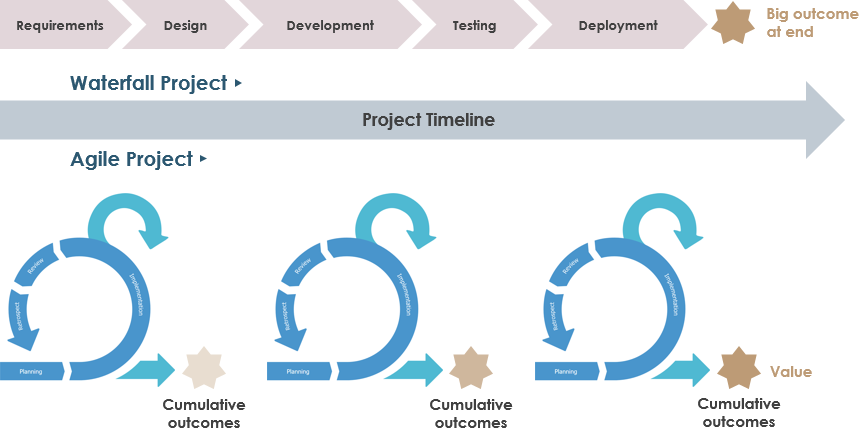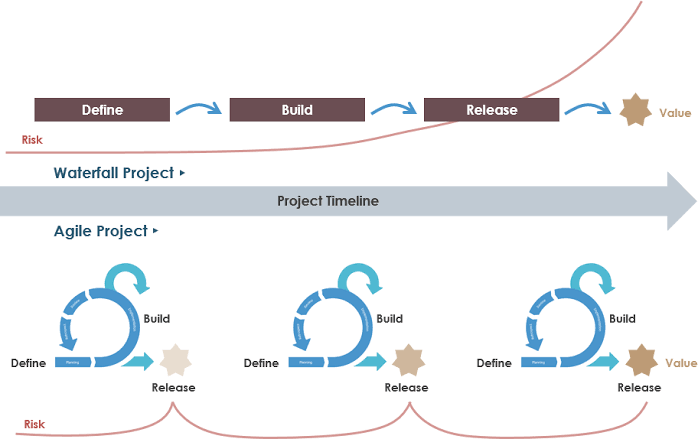

That plan is then carried out during the Execution phase. Even project communications are planned from the start. The team is built, work is scheduled out, risks are identified, and ways to address those risks are planned. Throughout the Planning phase, the PM works with stakeholders to plan out all the work, including confirming scope, schedule, and budget.

If you want it done thoroughly, that could require more time and more cost. So, if you want something done faster, it might either be more costly or less comprehensive or both. These are critical because a change in one necessitates a change in another unless you are willing to sacrifice quality. The PM must consider three critical elements throughout this phase: scope, time, and cost. Generally, these phases break down into a recognizable project sequence: Project Initiation, Planning, Execution, Monitoring and Controlling, and Project Closeout.ĭuring the Project Initiation phase, the project manager (PM) defines the project by developing a charter identifying stakeholders determining scope establishing roles and responsibilities and finally, kicking off the project. Waterfall is a traditional approach to project management that breaks the project down into several distinct phases. Generally, this approach falls under one of two methodologies: Waterfall project management, a legacy approach that emphasizes a sequential, linear process, and Agile project management, which integrates planning with execution and emphasizes adaptability when on-the-ground conditions change. And just like a jigsaw puzzle, where it’s important to be both methodical, especially at the outset, and flexible when trying to fit in new pieces, project management requires a strategic, forward-looking approach. We like to say that project management is like a real-life jigsaw puzzle, bringing elements and people within an organization (the puzzle pieces) together to form something bigger than themselves. It can be a powerful force to drive value. According to the Project Management Institute (PMI), a leading industry organization, “project management is the use of specific knowledge, skills, tools and techniques to deliver something of value to people.” Project management is found in many industries, from information technology to construction. Project Management involves planning, organizing, and managing project activities required to complete an individual project with predetermined parameters. In the meantime, here’s a quick primer on the differences between these two time-tested approaches and why you might choose one or the other for your next major launch. Later in this series, we’ll take a deep dive into Waterfall and Agile project management. We see benefits in both project management methodologies, depending on a project’s parameters. In contrast, other clients feel more comfortable with a traditional “waterfall” approach. Often, our clients are interested in an “agile” approach to project management. At Momentum, we see many project management requests from government and private sector clients. With the enactment of the Program Management Improvement Accountability Act (PMIAA) in 2016 and the widespread adoption of a project-based model of organizational growth and change, project management has become not just a nice-to-have but a must-have for organizations in all sectors.


 0 kommentar(er)
0 kommentar(er)
